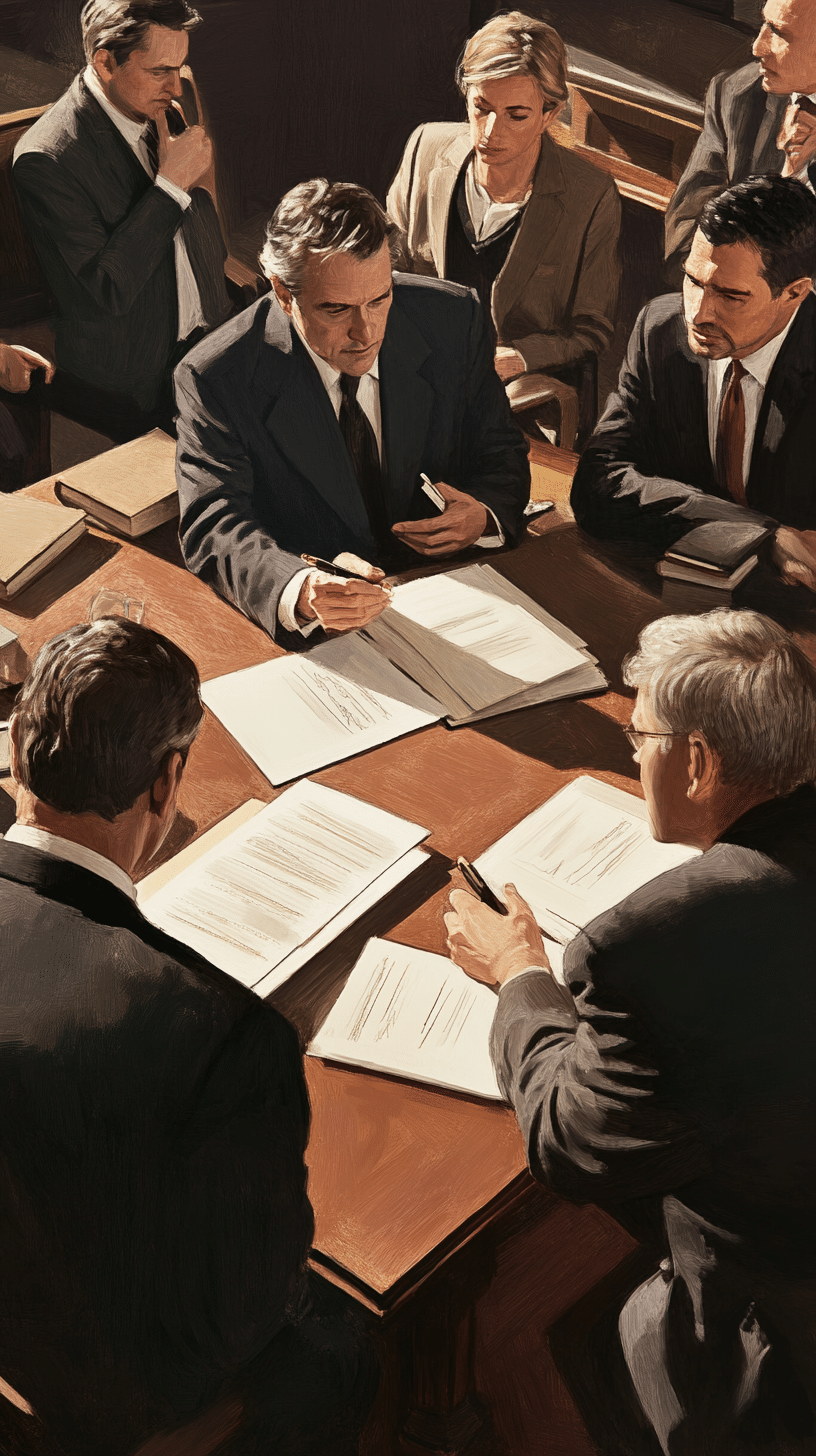
Age discrimination affects countless employees and job seekers across Long Island’s diverse workforce. This harmful practice occurs when employers treat workers unfavorably based on age, denying them opportunities and squandering decades of valuable experience. While federal and state laws protect workers from age-based discrimination, identifying and proving these violations requires careful documentation and legal expertise.
Table of Contents
ToggleThe Legal Framework
Federal law provides key protections through the Age Discrimination in Employment Act (ADEA), which safeguards workers age 40 and older. This law applies to employers with 20 or more employees and prohibits discrimination in hiring, firing, promotions, pay, and other employment decisions. New York State law offers additional protections under the Human Rights Law, covering employers with four or more workers. These complementary statutes give employees multiple paths to challenge discriminatory treatment.
The law addresses both blatant discrimination and subtle biases that can poison workplace culture. Direct statements about age represent clear violations, but discrimination often surfaces through patterns of behavior – systematically excluding older workers from advancement opportunities, training programs, or key projects. Age-related jokes, stereotypes, and hostile comments can create an illegal discriminatory environment, even without explicit policies targeting older employees.
Recognizing Age Discrimination
Common warning signs include:
- Being passed over for promotions in favor of less qualified younger workers
- Receiving unwarranted negative performance reviews
- Facing increased scrutiny compared to younger colleagues
- Being excluded from important meetings and decisions
- Hearing frequent age-based comments or “jokes”
- Getting pushed toward retirement through hostile treatment
- Being denied access to training or development programs
- Experiencing retaliation after raising age discrimination concerns
Recent cases on Long Island highlight how this discrimination manifests. In one instance, a veteran teacher with stellar evaluations found herself repeatedly denied advancement while watching younger, less experienced colleagues move up the ranks. Another case involved a technology company systematically pushing out workers over 50 through impossible performance targets and hostile treatment.
Taking Action Against Discrimination
Workers facing age discrimination should take these key steps:
Document Everything
Keep detailed records of discriminatory incidents, including dates, times, locations, and witnesses. Save relevant emails, performance reviews, and other documentation showing unfair treatment. This evidence builds the foundation for legal action.
Report Internally First
Follow company procedures for reporting discrimination through HR or management channels. While internal complaints don’t always resolve the issue, they create an important paper trail demonstrating you tried addressing the problem.
File Government Complaints
Lodge formal complaints with the Equal Employment Opportunity Commission (EEOC) and New York State Division of Human Rights. These agencies investigate discrimination claims and can impose penalties on employers who violate the law.
Consult an Employment Attorney
Speaking with a lawyer who specializes in workplace discrimination helps you understand your rights and legal options. An experienced attorney can evaluate your case and guide you through the complex process of proving discrimination.
Common Challenges in Age Discrimination Cases
Several obstacles make age discrimination cases particularly challenging:
Proving Intent
Employers rarely admit age played a role in their decisions. They often cite legitimate-sounding reasons like “poor performance” or “restructuring” to mask discrimination. Building a case requires showing these explanations are pretextual.
Workplace Culture
Deep-rooted biases and stereotypes about older workers can make it hard to demonstrate age-based motivation. Comments dismissed as “jokes” may reveal discriminatory intent.
Resources Gap
Individual employees face an uphill battle against employers with extensive legal and financial resources. The process demands significant time, energy and often money.
Available Support and Resources
Workers don’t have to fight discrimination alone. Multiple organizations provide assistance:
Legal Aid Organizations
Several non-profits offer free or low-cost legal help to workers facing discrimination. They can help evaluate claims and connect workers with experienced employment lawyers.
Government Agencies
The EEOC and NY Division of Human Rights provide detailed guidance on discrimination laws and complaint procedures. Their investigators gather evidence and attempt to resolve valid claims.
Advocacy Groups
Organizations like AARP advocate for older workers’ rights and offer educational resources about age discrimination. Local chapters host support groups and workshops.
Professional Associations
Industry groups and bar associations maintain referral networks to connect workers with qualified employment attorneys. Many lawyers offer free initial consultations.
Moving Forward
Age discrimination denies workers dignity and opportunity while robbing workplaces of valuable experience and wisdom. Though challenging these practices takes courage, workers have legal protections and support resources available. By documenting discrimination, understanding their rights, and seeking appropriate help, employees can fight back against unfair treatment.
Those experiencing discrimination should act promptly to preserve their rights. Speaking with an employment lawyer helps workers understand their options and build an effective case. The Law Office of Jason Tenenbaum, P.C. has extensive experience in handling these types of cases. Through individual and collective action, we can work toward workplaces that value experience and judge workers on merit rather than age.
Legal Disclaimer: This article provides general information about age discrimination law. It does not constitute legal advice. Consult a qualified attorney about your specific situation. You can learn more about your age discrimination legal rights from the EEOC. Also, resources are available from the Department of Labor.
For a more detailed analysis of age discrimination cases, check out our video below:












